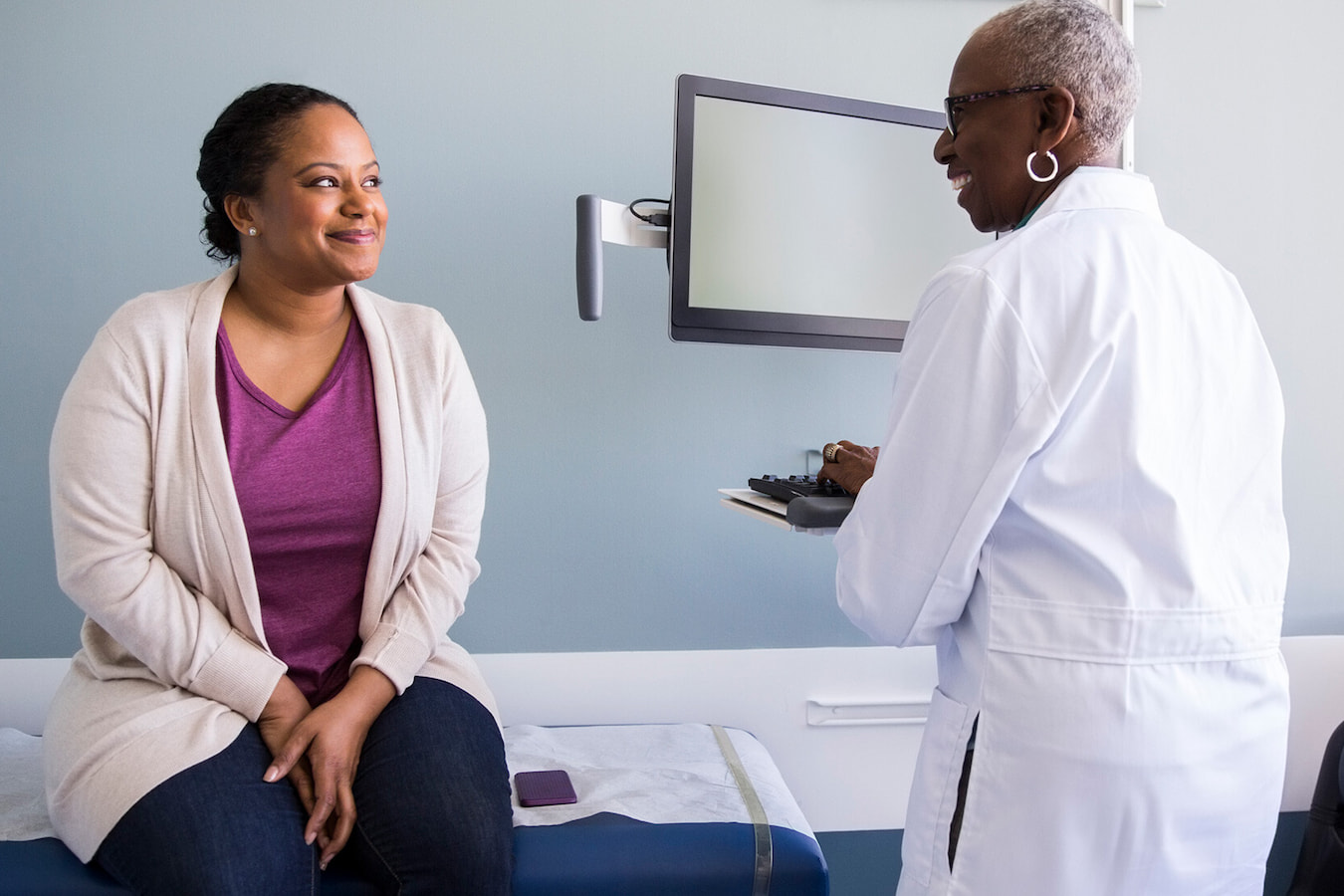Scientific findings from a newly published, peer-reviewed study in JMIR Mental Health reveal how Google, Meta (Facebook and Instagram) and TikTok campaigns can be optimized to accelerate recruitment for clinical trials while maintaining cost and demographic balance.
The article addresses a key concern of online patient recruitment: Do patients recruited online compare to those recruited through traditional methods?
Background: Rescuing a significantly delayed patient recruitment timeline and comparing online vs. on-site recruitment efficiency
A mental health study aimed to validate a suicidality assessment questionnaire; however, patient recruitment proved to be a significant obstacle, and delays rendered the recruitment target of 500+ patients “no longer achievable by the previously used conventional method”¹. The team then partnered with SubjectWell to leverage online recruitment, agreeing on three joint goals that extend beyond mere online patient outreach:
- Rescuing the recruitment timeline, with half of the patients recruited in 6 months, after 13 months had already been used with traditional methods
- Comparing online and offline recruited patient populations in terms of patient profiles, eligibility, and associated costs
- Shedding light on the optimization potential of online patient recruitment and sharing those insights for the benefit of clinical research
Methods: Blending online reach with on-site validation
Between September 2023 and February 2024, SubjectWell launched 13 targeted ad campaigns in and around Munich, Germany. Website visitors who met preliminary eligibility from online screenings — including a depression severity score >5, reflecting at least mild depressive symptoms — scheduled an in-person visit for full assessment and consent.
In total, 521 adults were enrolled, with 46% recruited online via 6 months out of a 19-month total recruitment period. That is, about half of the patients were recruited through online channels within one third of the recruitment period.
Key findings
Faster recruitment speed at the same costs per enrollment
- Faster enrollment: Online recruitment yielded an average of ~42 participants/month, compared to ~18/month through offline methods — more than doubling the pace.
- Comparable costs: Cost per online-recruited patient (€29) matched traditional recruitment (€30), and accounted for full personnel and ad expenses.
“Recruitment costs for online methods were similar to traditional approaches, while enrollment was significantly faster”¹
Comparable patient profiles, but also reaching the “under the radar” population
- Demographically and indication-wise representative cohorts: Online-recruited participants closely mirrored their offline counterparts in age, gender, and depression severity.
“The samples recruited online and using traditional methods were comparable regarding key demographic and clinical characteristics.”¹
- Enhanced patient diversity: Online recruitment helped reach patients who are often overlooked in traditional settings. Of the 239 patients recruited online, 10 (4%) were part of the “under-the-radar” population (suicidal patients with minimal or sporadic health care contact who are frequently missed by prevention efforts). By definition, these patients are not found at the site but can be recruited online.
“This approach proved particularly effective in reaching vulnerable, hard-to-access populations and enhancing patient diversity”¹
Targeted platforms, targeted audiences
- TikTok attracted significantly younger participants (median age ~23, compared to ~47 for Facebook and Google).
- Different platforms enabled us to fine-tune our demographic reach strategically.
Optimizing ad performance: What worked best
- Video outperformed images: Video ads cost 50–70% less per lead than images on Facebook and Instagram
- Longer landing-page copy performed better: Extended text (~199 words) outperformed shorter versions (~133 words), even on mobile-heavy traffic
- Facebook Pixel tracking boosted efficiency: Ads with pixel data were ~83% more cost-effective per eligible lead — an expected but striking impact
Broader implications for mental-health research
This study confirms that online recruitment is a strategic enabler for studies:
- Accelerated timelines without ballooning budgets
- Better access to diverse, hard-to-reach patient populations
- Data-enabled optimizations, like video-first content and AI-powered targeting
- Adaptable strategies via platform-specific targeting (e.g., TikTok for younger adults)
Recommendations for future studies
- Consider recruitment channels that complement traditional recruitment to derisk your recruitment timeline while improving recruitment outcomes (accelerated recruitment and increased patient diversity).
- Deploy video ads as a baseline for lower cost per lead.
- Test copy length and creative formats empirically to optimize engagement.
- Use tracking pixels (with IRB and GDPR support) to feed platforms’ targeting algorithms.
- Experiment with multiple platforms to reach different demographics effectively.
Conclusion
Online recruitment, when executed effectively, can significantly accelerate study enrollment without raising costs. For mental health research, this is essential. With informed ad design, smart targeting, and rigorous tracking, we can reach patients outside traditional care pathways, unlocking broader participation, increasing patient population diversity, and collecting more representative data for validation studies.
Learn more: You can read the full study in JMIR Mental Health.
Reference:
[1] Haas C, Klein L et al. Efficient Online Recruitment of Patients With Depressive Symptoms Using Social Media: Cross-Sectional Observational Study. JMIR Ment Health 2025;12:e65920






